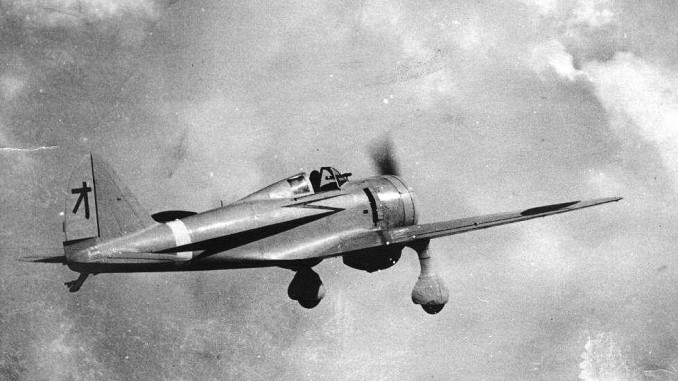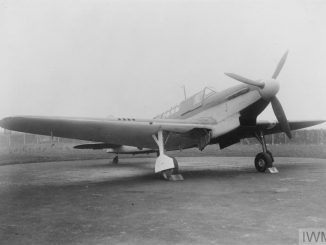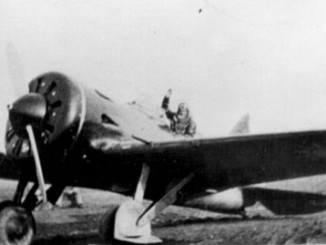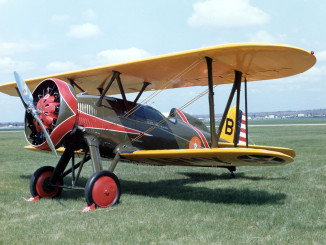
The Nakajima Ki-27 was a follow up to the unsuccessful Ki-11 monoplane, which lost out to the biplane Kawasaki Ki-10 in a competition to design a new fighter for the Japanese Army. The Ki-27 was chosen over other prototypes developed by Kawasaki and Mitsubishi, who proposed a land-based version of the naval A5M fighter. The competing designs were evaluated throughout most of 1937, with the Ki-27 proving to have the required blend of speed and agility.
As designed, the Nakajima Ki-27 was to be the Army’s first monoplane fighter. Like the A5M it featured fixed landing gear and the ubiquitous Japanese armament of two 7.7mm machine guns. It was one of the first Army aircraft to feature a streamlined engine cowl. The Ki-27’s wing featured the distinctive Nakajima design with a straight leading edge and a tapered trailing edge, which would re-appear on later designs from the company like the Ki-43, Ki-44, and Ki-84.
The Ki-27 was introduced in China from April 1938, where it encountered Chinese and Soviet fighters during the advance into the Chinese interior. It saw extensive action during the Battle of Khalkhin Gol where it racked up impressive, if no doubt exaggerated, claims of success against the I-15 and I-16 fighters of the VVS.
By the time the wider Pacific War began in late 1941, the Ki-27 had been largely replaced by the Ki-43 although a number of the type continued to serve in China. Here they would encounter the P-40s of the Flying Tigers and other Allied fighters. Proving inferior to the latest enemy fighters, the Ki-27 was eventually relegated to training and, in 1945, kamikaze duties.
In 1942 the Ki-27 was assigned the Allied Reporting Name “Nate”, although it was unofficially named the “Abdul” by Allied forces in the China-Burma-India theatre.
Nakajima Ki-27 Type 97 Specifications
| Nakajima Ki-27b | |
| Role | Fighter |
| Crew | 1 |
| Powerplant | 1x Nakajima Kotobuki 3-kai (710hp) |
| Speed | 218mph (cruise) 275mph (max) |
| Ceiling | 32,940ft |
| Range | 390 miles (internal) |
| Armament | 2x Type 89 7.7mm Machine gun |
| Ordnance | 220lb bombs |
| Dimensions | 24ft 8in (length) 37ft 1in (wingspan) 11ft 8in (height) |
| Wing Area | 200 sq.ft. |
| Weight | 2,588lb (empty) 3,523lb (gross) 3,946lb (max) |
| Number produced | 1,492 |




“By the time the wider Pacific War began in late 1941, the Ki-27 had been largely replaced by the Ki-43 although a number of the type continued to serve in China.”
On the contrary. At the time the Pacific War began the Ki-27 formed the bulk of the Imperial Army Air Force and still equipped 17 of the 19 fighter Hiko Sentai (Air Regiments). Only two fighter Hiko Sentai, the 59th and 64th, went into battle equipped with the Ki-27’s replacement, the Ki-43 Hayabusa and none of the others re-equipped until after the invasion campaigns were over. The Ki-27 fought in the majority throughout the opening campaigns over the Philippines, Malaya, the East Indies and Burma as well as in China. For further details please see my ‘Ki-27 Nate Aces’ in the Osprey Aircraft of the Aces series.